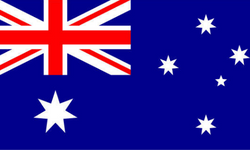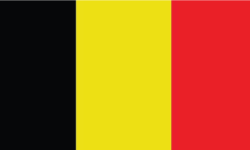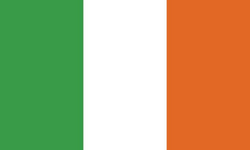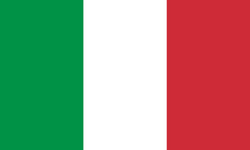Description
Great Tew Charity Trust Journal 1824. Ledger style journal bound in Full Green Leather Moroccan. All edges Gilt. Stamped Great Tew Charity Trust Journal 1824 on front board. Pages watermarked J Whatman 1820. 89 Hand Written pages of entries followed by 39 blank pages. Covers the period from the trust's reorganization in January 1824 until December 1854. Entries include payment for the school teacher for education of children as well as purchase of coal and books, payment to the Vicar, Reverend Samuel Nash (and later his widow) and various transactions between M.R. Bolton, son of the Engineer, Thomas Bolton and owner of the Great Tew Estate. A fascinating series of entries from one of Great Britain's most famous villages detailing the financial transactions concerning the Charity school. Front board ruled in gilt, with a stamped title to center. The smooth spine ruled in gilt lines forming compartments. Boards, spine and corners rubbed. Internally with some stains and rubbing as this is a working journal, but generally the contents in very good to fine condition and easily read. The volume measures 23.5 x 14.5 x 1.7 cm. Each leaf measures 230 x 140 mm. M. R. Boulton, son of the engineer Matthew Boulton of Soho, Birmingham, bought the Great Tew estate in 1815-16. Lettice Cary, Lady Falkland, started a school for poor children; though no details of her endowment are known, Great Tew appears on a list of 18th-century endowed schools. A schoolroom, built at the north-west corner of the church and pulled down in the later 18th century was long disused. Vicars reported no school between 1738 and 1771, but in 1774 a voluntary charity school was said to teach 30 boys and girls to read and knit; four years later there was again said to be no school. In 1781 T. E. Freeman gave land in Great Tew to augment the vicarage and also provide £12 for a teacher for at least 10 boys and 10 girls; after much confusion over the endowment the land was exchanged for an estate in Middle Barton in 1810. From the 1780s the teacher was usually paid an extra £3 a year to teach a Sunday school, and was awarded a further £10 in 1815 when the school was apparently enlarged. After a Chancery inquiry in 1823, following allegations by the vicar, Samuel Nash, it was settled that the teacher should receive £12 for the 20 free pupils and £12 extra for every 20 children nominated by the trustees, who should also provide £10 a year for coal, books, and other school purposes. In 1825 a master and mistress were taking fees from the additional pupils, running a Sunday school with c. £16 raised by subscription, and paying for books from a collection in the church. The school building near the vicarage house was rented from M. R. Boulton.










